

We hope you joined us in in August 2025 for our celebration of dance, music, and culture where we presented an eclectic show featuring Vanessa of Cairo with a mix of performers from the Twin Cities area and beyond.
Tickets: $20 in advance / $25 at the door.
We've added photos from each dance below their description in the program. Check them out to see what you're in store for next time! (We LOVE our photographer, Gabi Rosenthal!! Thanks, Gabi!)
Couldn't make the show? ...Donate
The printable abbreviated program for this show is here.
A Medley of Tap xxxxxxxxxxxxxx

FFI: tapcompany.org
Shahrzad
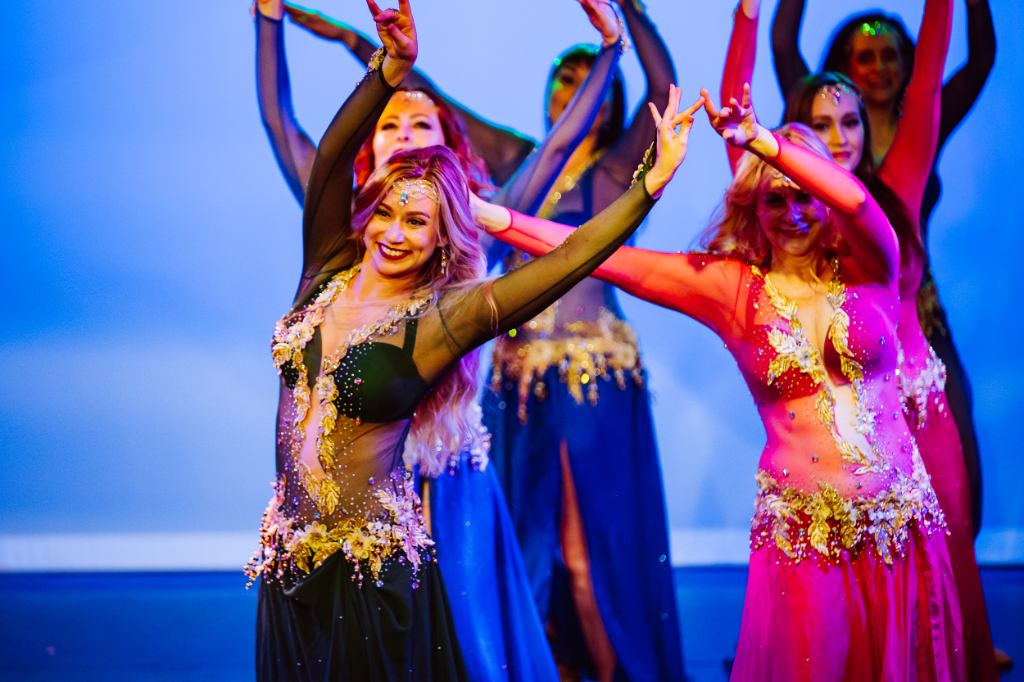
A fun and upbeat modern entrance piece incorporating various elements of Raqs Sharqi (Classic Egyptian) and folklore vocabulary. This music gives us a mini-tour of the Arabic rhythms and styles!
Music: Shahrzad by Amir Sofi
Choreography: Vanessa of Cairo
Dancers: Erin, Louise, Meagan, Miriam, Paula, Tay, Theresa, Tonya
FFI: jawaahir.org
Lingo Lingo Şişeler
.jpg)
This composition is a fusion of a traditional Turkish spoon dance and modern Turkish folklorico. It talks about a foolish drunk in a jollification.
This is a DJ remastered version of an old and very well-known and well-liked Turkish folk song. In Turkish, onomatopoeic words are very commonly used. "Lingo Lingo" is a phrase used to describe the sound of clinking bottles and “Şişeler” (pron. Shishelaer) means bottles in Turkish. Turkish folk songs are usually written in fun moods and contain some humor in the lyrics. Although some lyrics have nothing to with the general context of the song, they might rhyme and flow in an amusing fashion to match the overall feel.
Music: Lingo Lingo Şişeler by Nurettin Çamlıdağ. Remastered by DJ Serkan.
FFI: nilay.rocks
Parshwapathe Shambho
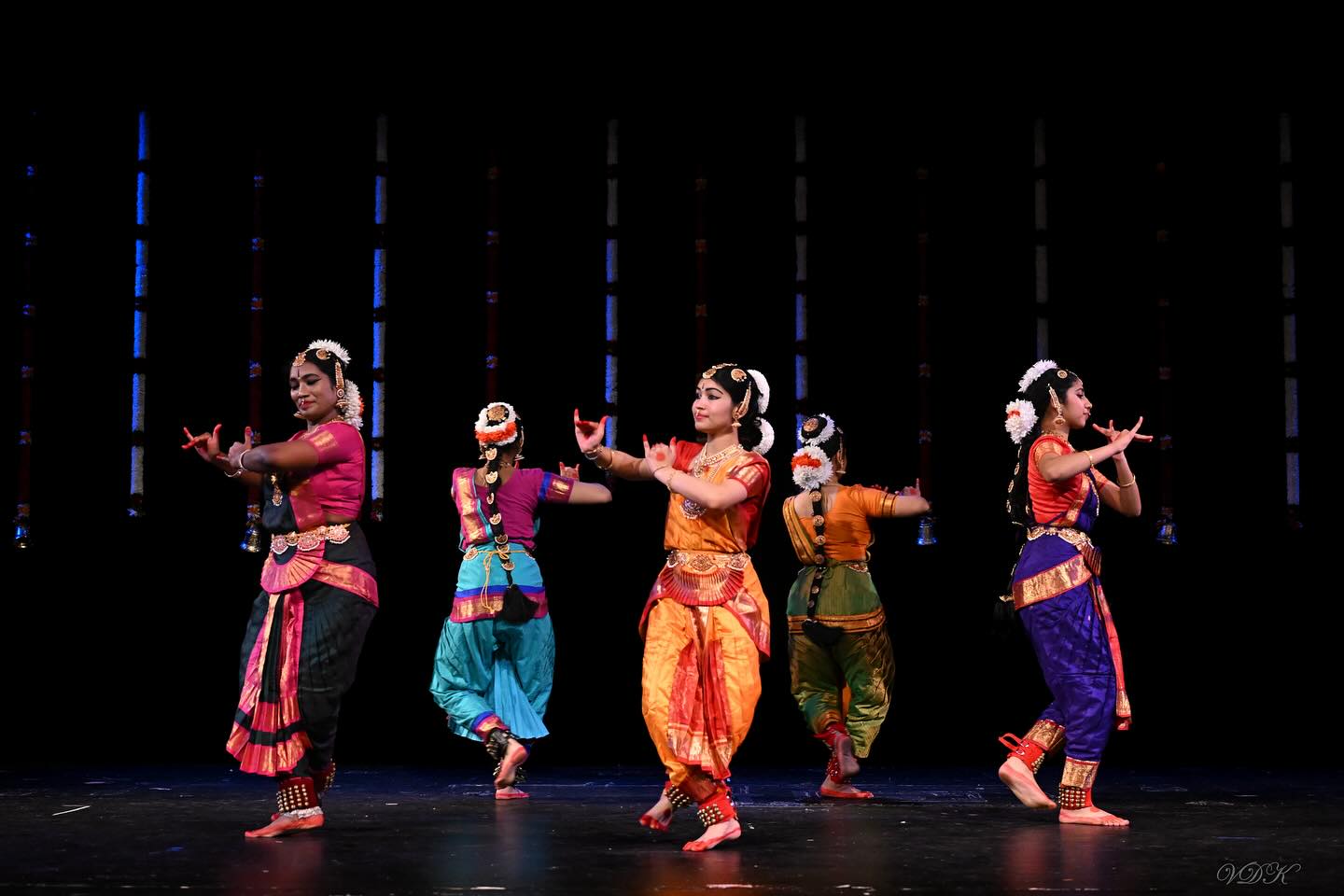
This song is an homage to Lord Shiva, the supreme deity known as Shambho, the auspicious one, who embodies both destructive and regenerative forces of the universe.
The lyrics of Parshwapathe Shambho praise Shiva in his various roles, addressing him as Parshwapathe, the Lord of Parshwanath, one who is eternally tranquil and who bestows blessings on all devotees. Each verse unfolds with vivid imagery: we see Shiva as he meditates on Mount Kailash, his presence serene yet powerful, embodying the harmony of opposites.
As the dancer brings this piece to life, you will witness the portrayal of Shiva’s various attributes: his flowing matted hair that holds the sacred river Ganga, symbolizing purity and life; his third eye, which represents his inner wisdom and cosmic vision; and his dance of Tandava, a powerful movement of cosmic rhythm that symbolizes destruction and rebirth, the endless cycle of creation.
Music: Parshwapathe Shambho, a composition by the celebrated Parshwanath Upadhye
Choreography: Sivanuja Balaji / Nritya Kalakshetra Academy
Dancer: Abhirami
FFI Facebook: Nritya Kalakshetra Academy
FFI Instagram: Nritya Kalakshetra Academy
Raqsi Charkhzananda
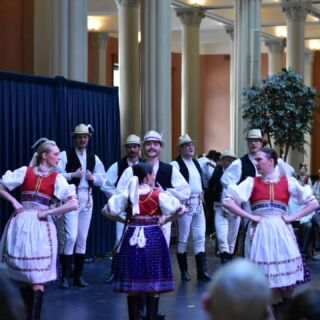
The dance Charkhzananda is a dance of the Tajiks, an Iranian-speaking people who live in modern day Tajikistan, Uzbekistan, and Afghanistan. The dance features sinuous arm movements and dizzying spins, from which it derives its name. EDT resident choreographer Tatiana Popova leaned the dance while on a research trip to Uzbekistan in 1986, and staged it for the company in 1993.
Music: Raqsi Charkhzananda by EDT Folk Orchestra
Choreography: Tatiana Popova
Dancer: Irene Anastazievsky
Raq Sharqi
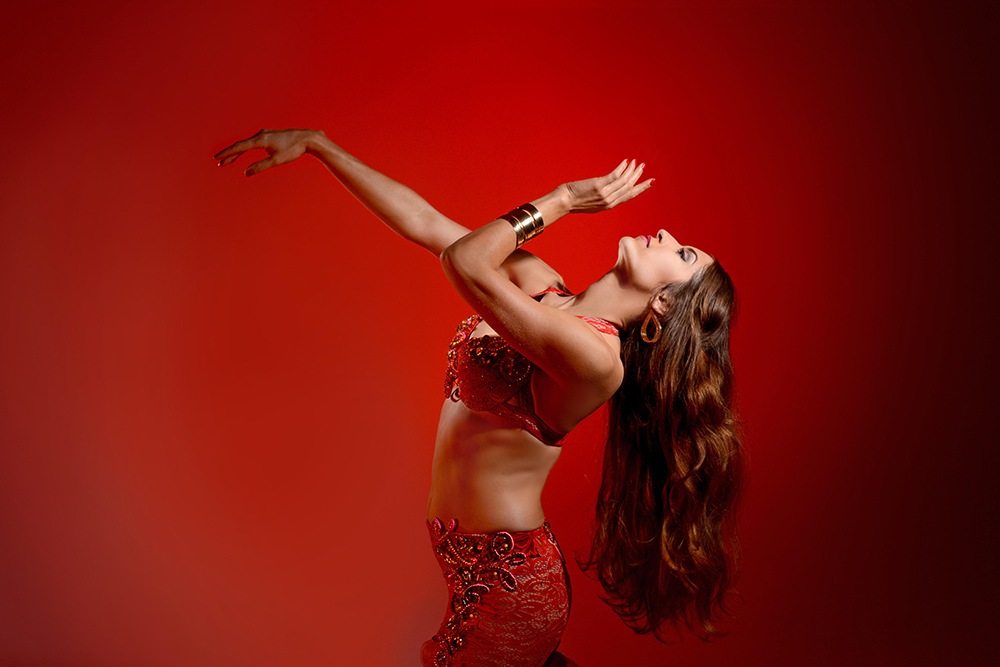
Egyptian Shaabi
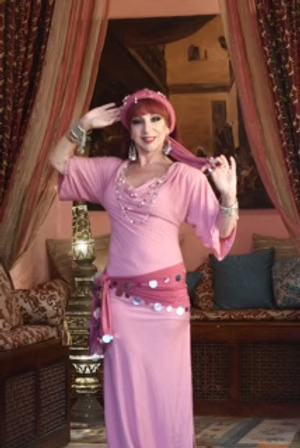
As a word, “Shaabi” means folk, popular (of the people). As a musical genre, Shaabi is the voice of the streets in urban Cairo, full of double entendres and social commentary. As a dance, it reflects the humor and playfulness of Egyptian people.
Music: Salametha Om Hassan (Be Well, Om Hassan)
FFI: zahrazuhair.com
For Catherine
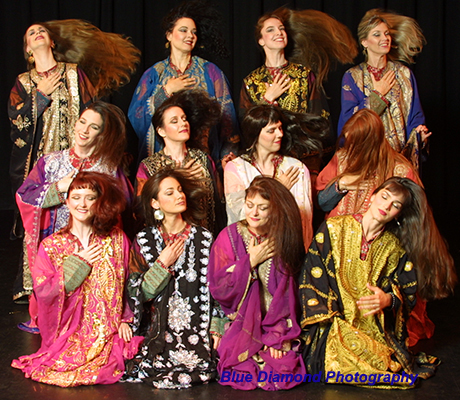
This piece is dedicated in loving memory to our dear friend and founding JDC dancer—Catherine Liska. Catherine was a light in our dark world, and we are better for having known her. We shine for you now; thank you for sharing your energy with us. We are grateful and we love you now and through all time and space.
Music: Yulunga (Spirit Dance) by Dead Can Dance and True Colors by Cyndi Lauper
Choreography: Vanessa of Cairo
Dancers: Erin, Louise, Meagan, Miriam, Paula, Tay, Theresa, Tonya, Vanessa
FFI: jawaahir.org
Still Horizon
.jpg)
Set in a time past, Still Horizon follows the pastoral, enduring rituals of women who tend the land and uphold the rhythms of daily life. In moments of stillness, they gaze toward the distance—hoping for the return of those carried away by war, time, or tides beyond their reach.
Music: Steve Reich, Vincenzo Galilei
Choreography: Ray Terrill
Dancers: Gabby Garcia, Megan Gibbins, Tessa Longshore, Lillian Kline
Costumes: Ray Terrill
Krishna Kauthuvam
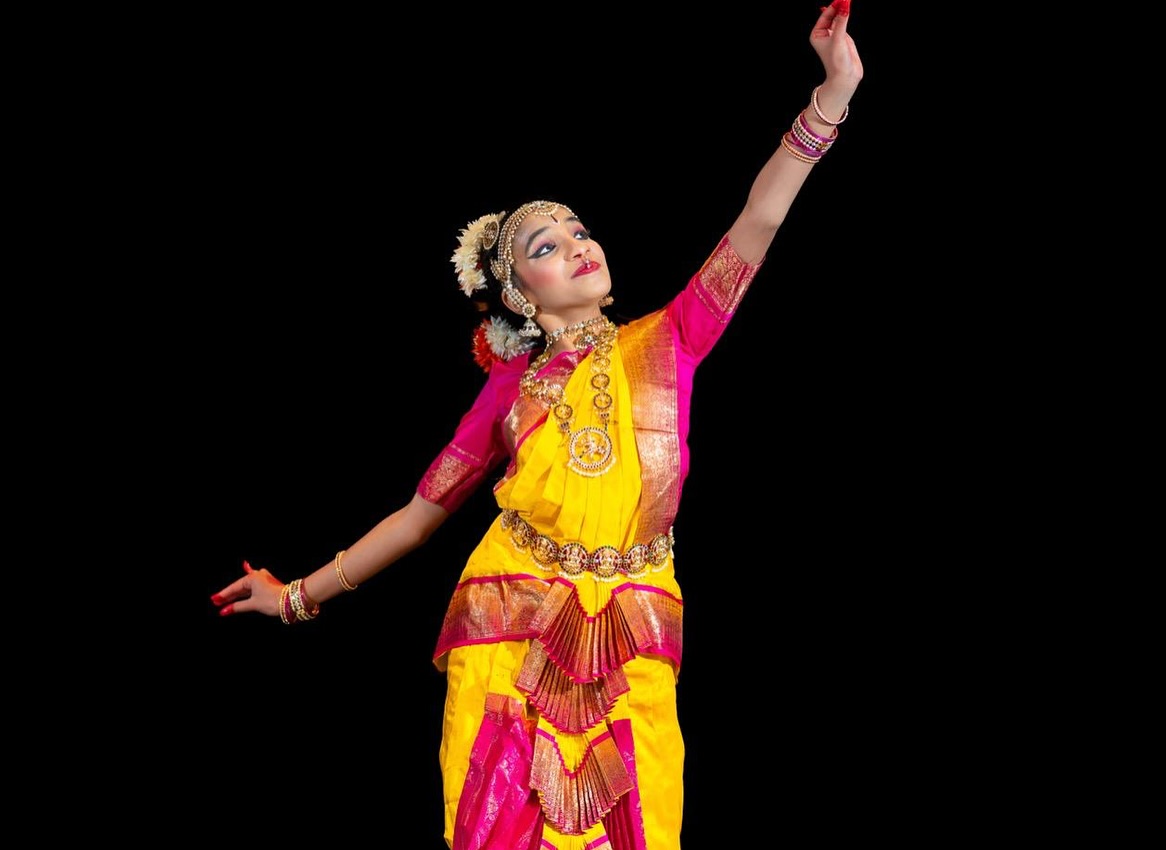
The Krishna Kauthuvam is a piece of lyrical poetry praising Lord Krishna, often featured in Bharatanatyam dance performances. It typically describes Krishna's divine attributes, playful nature, and association with music and dance, especially his flute playing. While there isn't one single definitive translation, the general theme focuses on his captivating presence, his role as a divine cowherd, and the joy he brings to the world.
Music: Krishna Kauthuvam
Choreography: Sivanuja Balaji / Nritya Kalakshetra Academy
Dancer: Ishta
Asena'nin Dogusu - Awakening of the She-Wolf
).jpg)
This song is called The Birth of Asena as in the awakening of a strong warrior embodying the powerful, dynamic yet softly humbling features of a protective she-wolf.
Asena is the name of a she-wolf associated with the Göktürks’ foundation myth. Göktürks (Sky-Turks) were Turkic people in medieval Inner Asia. The legend of Asena tells of a young boy who survived a battle, and a female wolf (Asena) who finds the injured child and nurses him back to health. The she-wolf, impregnated by the boy, escapes her enemies by crossing the Western Sea to a cave, giving birth to ten half-wolf, half-human boys. Of these boys, one becomes their leader and ruled over the Göktürk and other Turkic nomadic empires.
Music: Asena'nin Dogusu by Murat Sakaryali
FFI: nilay.rocks
xxx
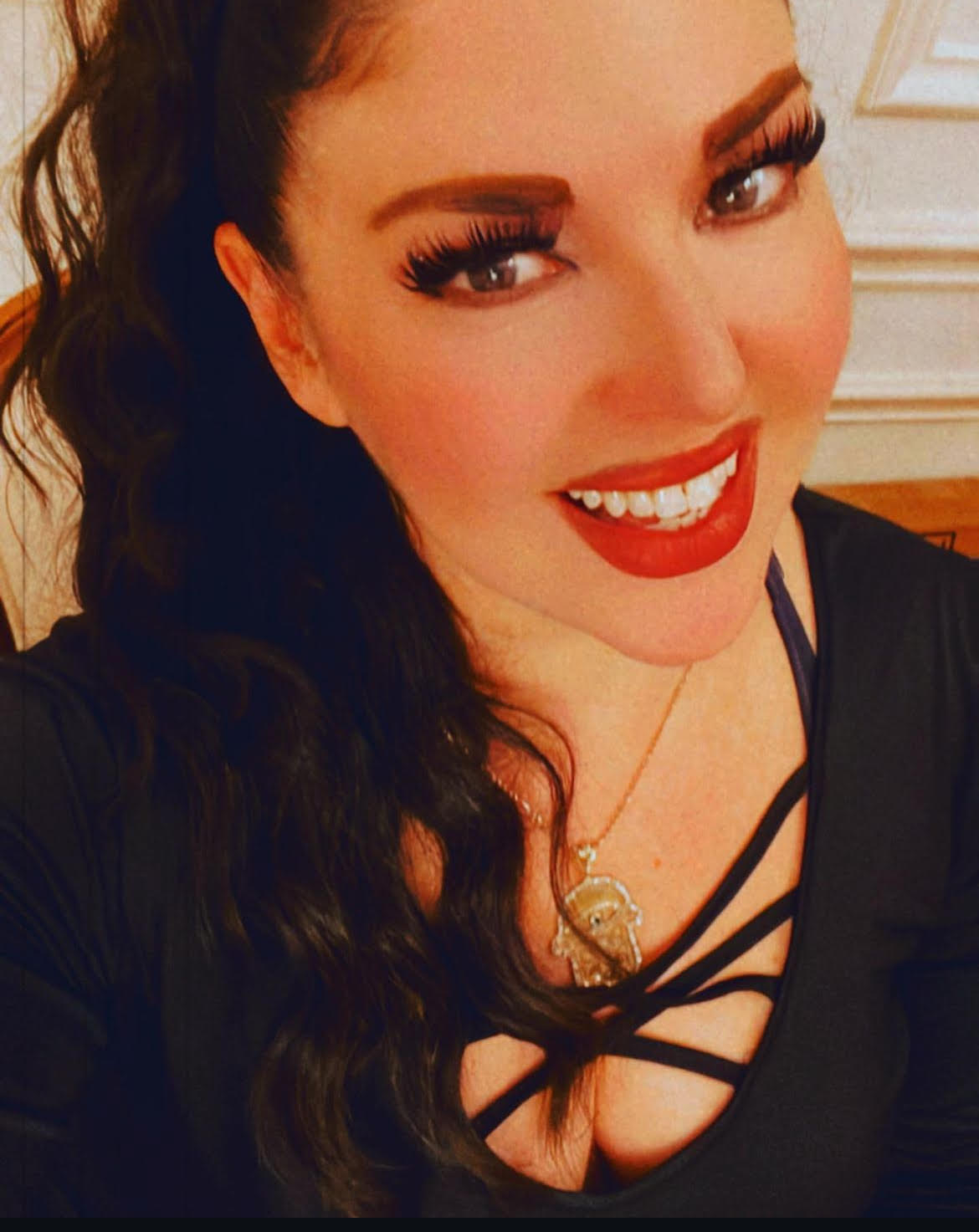
FFI: vanessaofcairo.com
Raqs Sharqi
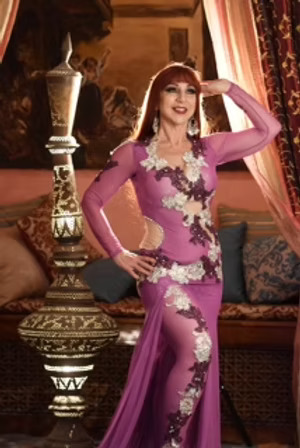
Music: Toul Omri (All My Life)
FFI: zahrazuhair.com
Drum Solo
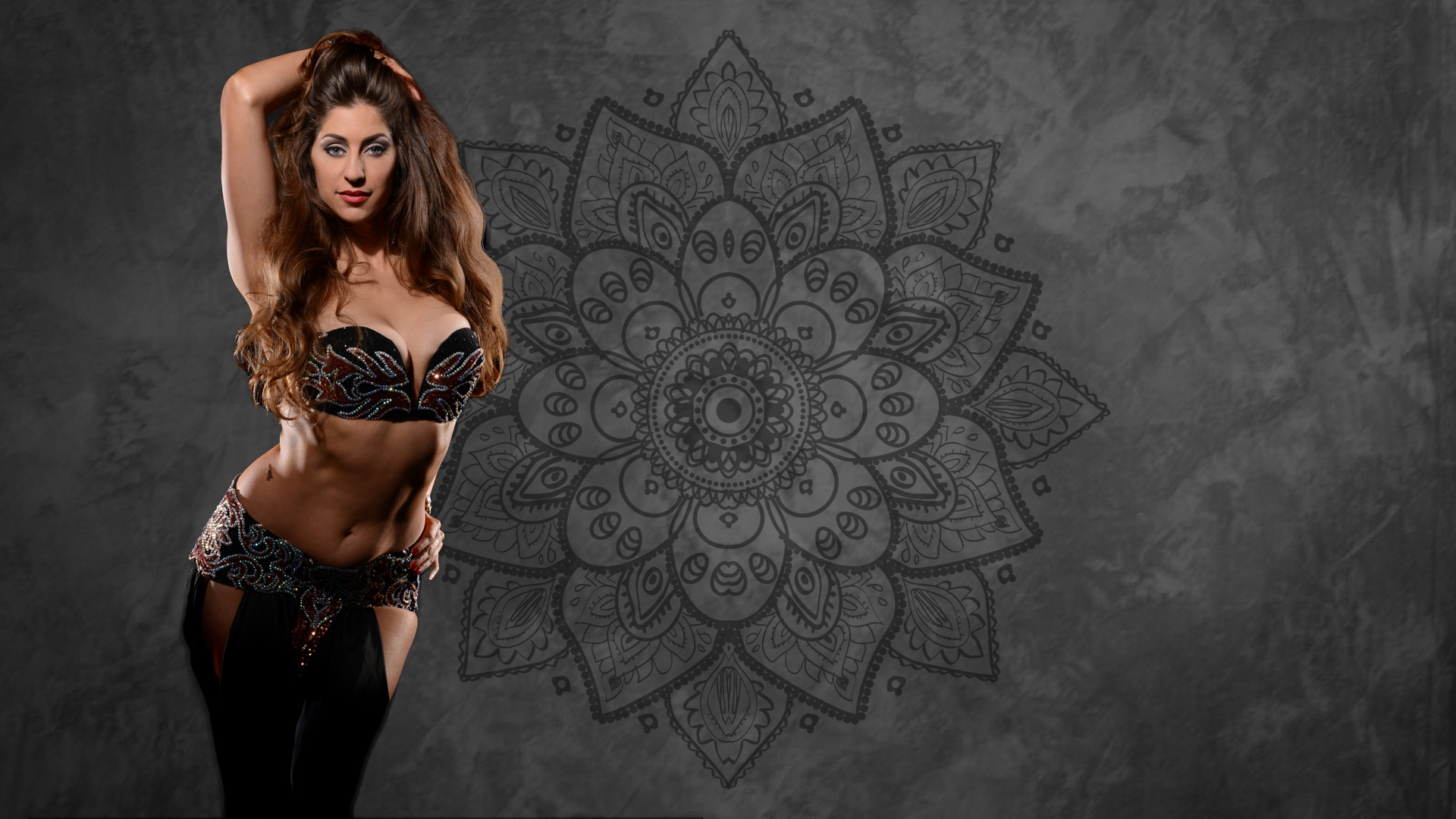
Drum Solo was Sadie’s first love in belly dance.
Music: Tabla Hany composed for Sadie by Egyptian percussionist Hany Morgan
FFI: sadiebellydancer.com
Susu
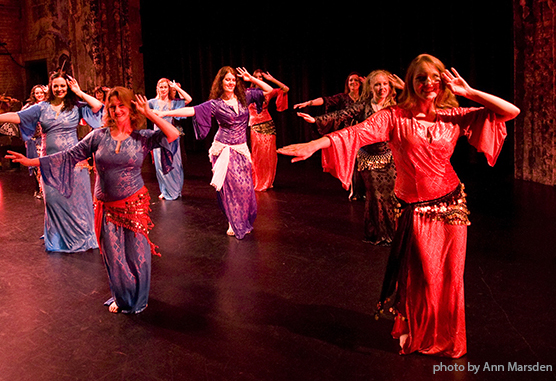
This fun Egyptian song is a perfect example of the types of songs you’d hear in the production numbers of the old Egyptian Cinema. Incorporating the elements of Ghawazee and Saidi, this song is always a crowd pleaser! Vanessa used this song with her production company in her regular programming in Egyptian hotel shows. Originally it was with men and women, and Vanessa had a blast bringing an entirely new choreography to one of her favorite songs!
Music: Old Egyptian song
Choreography: Vanessa of Cairo
Dancers: Erin, Louise, Meagan, Miriam, Paula, Theresa, Tonya
FFI: jawaahir.org
Soireé Lights & Sound: Laina Grendle
Soireé Stage Manager: Vanessa of Cairo
Jawaahir Artistic Director: Vanessa of Cairo
Jawaahir Rehearsal Director: Helen Voelker
Vanessa would like to thank Theresa, Louise, all Jawaahir members, Elision Playhouse, all the wonderful performers who have dedicated their time and energy for this show, Eileen and Terry, and The Guild of Middle Eastern Dance.
Jawaahir would also like to thank our Board of Directors: Oriana Brooks, Eileen Goren, Theresa Kane, Cathy Petersen, Hilary Smith, Vanessa of Cairo.
Thank you to all of our donors and patrons, and of course, to the I.A. O’Shaughnessy Foundation for supporting Jawaahir Dance Company.